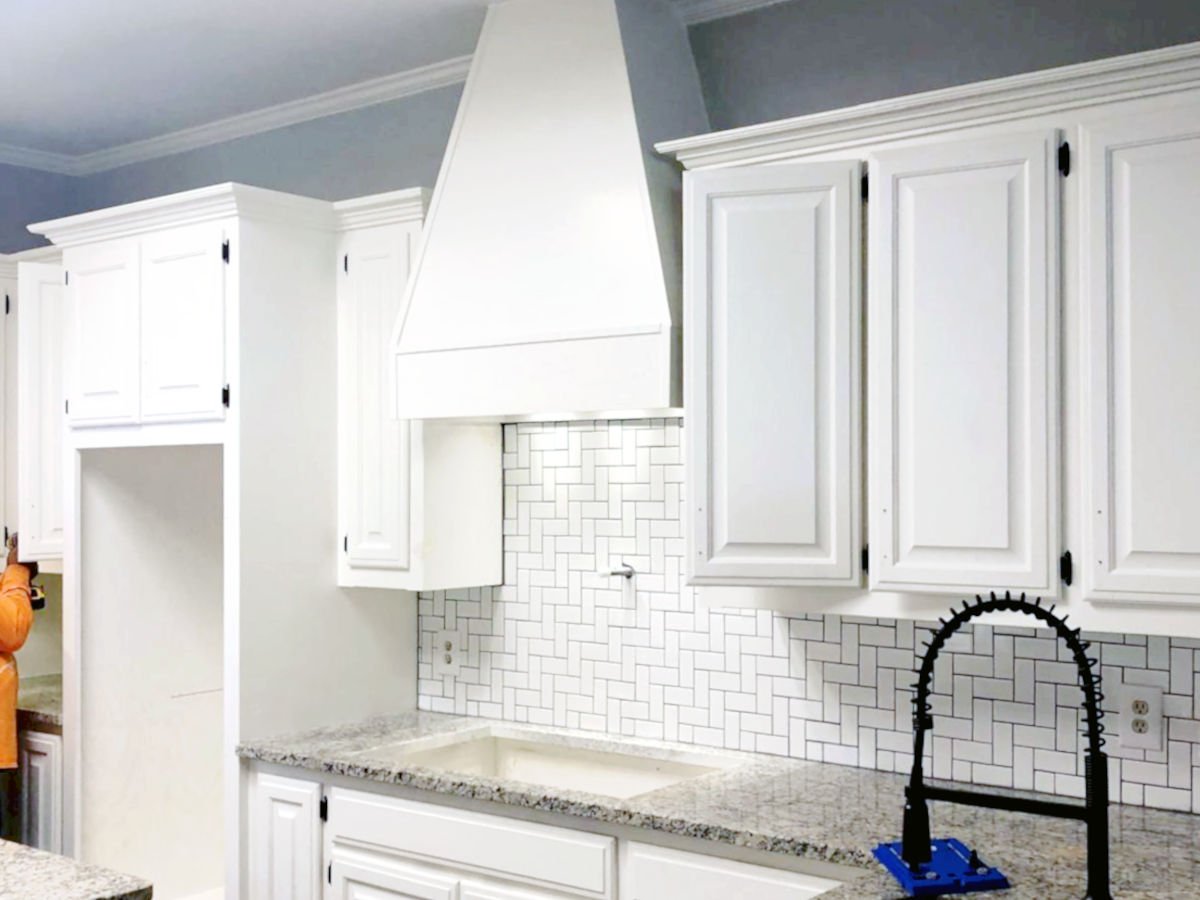Because your walls shouldn’t poison your lungs—or the planet.
Is the air in your home silently sabotaging your health?
Every brushstroke you apply might be releasing more than just color—it could be unleashing harmful chemicals, toxic fumes, and indoor air pollution that lingers for years. Traditional paints, while effective and cheap, often contain volatile organic compounds (VOCs) that have been linked to respiratory issues, skin irritation, and even cancer.
The good news? You don’t have to sacrifice style for sustainability. The eco-friendly paint revolution is here, and it’s transforming homes into healthier, greener sanctuaries.
Let’s dive into the world of non-toxic, sustainable, and high-performing paint options that protect your health, beautify your home, and reduce your carbon footprint.
🌿 What Makes a Paint “Eco-Friendly”?
Not all green paints are created equal. Some brands slap on a “low-VOC” label, but still contain harmful substances. To truly earn the eco-friendly title, a paint should meet the following standards:
✅ Key Features of Sustainable Paint:
- Low or Zero VOCs: Volatile organic compounds contribute to indoor air pollution and smog formation.
- Natural Ingredients: Made from clay, plant oils, chalk, or milk protein (casein).
- Biodegradable Packaging: Many green brands use recyclable or compostable containers.
- Low Odor: No more “paint fume headaches” for days.
- Non-toxic Colorants: Safe dyes that won’t release toxic gases over time.
- Ethical Manufacturing: Brands using renewable energy, sustainable sourcing, or closed-loop systems.
🧪 The Danger of VOCs: Why It Matters
VOCs (Volatile Organic Compounds) are carbon-based chemicals that easily evaporate into the air. Most conventional paints release VOCs during and after application, a process called “off-gassing.”
🚫 Health Impacts of VOCs:
- Eye, nose, and throat irritation
- Headaches, nausea, and dizziness
- Long-term exposure linked to liver, kidney, and central nervous system damage
- Aggravation of asthma and allergies
- Some VOCs are classified as carcinogens (e.g., formaldehyde, benzene)
🏡 Best Eco-Friendly Paint Brands (2025 Edition)
1. ECOS Paints
- 🌱 Zero VOC, allergy-safe
- Certified for asthma & allergy-friendliness
- Great for nurseries and hospitals
- Custom color matching available
2. Clare Paint
- 🖌️ Low-VOC, Greenguard Gold certified
- Beautiful curated palettes
- Eco-friendly packaging and carbon-neutral shipping
3. AFM Safecoat
- 🚫 Designed for chemically sensitive people
- Free from formaldehyde, ammonia, and odor-masking agents
- Ideal for schools, clinics, and allergy sufferers
4. BioShield Paints
- 🌾 Natural clay- and plant-based ingredients
- Zero petrochemicals
- Matte and textured finishes perfect for rustic aesthetics
5. The Real Milk Paint Co.
- 🥛 Made from milk protein, lime, and earth pigments
- 100% biodegradable
- Ideal for antique furniture, woodwork, and crafts
🎨 Where to Use Eco Paints: Room-by-Room Guide
| Room | Best Eco Paint Type | Reason |
|---|---|---|
| Nursery | Zero-VOC, water-based | Baby-safe, no toxic fumes |
| Kitchen | Low-VOC, mildew-resistant | Grease and moisture protection |
| Bathroom | Natural clay paint | Breathable, mold-preventing |
| Bedroom | Low-sheen, low-odor | Restful environment |
| Furniture | Milk paint or chalk paint | Non-toxic for high-touch surfaces |
| Basement | Zero-VOC acrylic with anti-mold tech | Safer in low-ventilation environments |
💡 Why Go Green? The Surprising Benefits
It’s not just about your health—it’s about your home’s long-term livability.
Benefits of Eco-Friendly Paint:
- Better indoor air quality
- Faster recovery post-renovation (no lingering smell or irritation)
- Safer for pets, children, and people with sensitivities
- Environmentally sustainable production
- Durable and long-lasting when applied properly
And yes, modern green paints offer excellent coverage, rich pigmentation, and gorgeous finishes—so you’re not sacrificing aesthetics.
🧰 Tips for Choosing the Right Eco Paint
- ✅ Always check for certifications like GreenGuard Gold, LEED, Cradle to Cradle, or Green Seal.
- ✅ Read the Safety Data Sheet (SDS) for full transparency.
- ✅ Don’t confuse “low-odor” with low-VOC—not always the same!
- ✅ Test first: Even non-toxic paints can cause allergies in sensitive individuals.
🌎 The Bigger Picture: Eco Paint and Sustainability
Paint is one piece of the sustainability puzzle. When you choose non-toxic, biodegradable products, you contribute to:
- 🌳 Reduced landfill waste
- 💧 Cleaner indoor air and waterways
- 🏭 Less industrial pollution
- 🔄 A circular economy that values health over mass production
✅ Final Thoughts: Paint Your Values, Not Just Your Walls
Eco-friendly paint isn’t a luxury—it’s a smart, conscious choice. Whether you’re renovating a single room or building your forever home, choosing sustainable paint is one of the easiest ways to protect your family’s health and the environment.
It’s not just color. It’s a lifestyle.
Start with your walls, and let the transformation ripple out.
🔜 Related Articles You Should Definitely Read (or Write)
- “How to Create a Non-Toxic Nursery: Paints, Furniture, and Fabrics”
Your baby’s health starts with what’s on the walls. - “What Are VOCs and Why Should You Avoid Them?”
The science behind the paint—and what the labels don’t tell you. - “Top 10 Eco-Friendly Home Improvement Products for 2025”
From flooring to caulking, make every upgrade green. - “How to Recycle Paint Properly and Reduce Home Renovation Waste”
Because being eco-friendly doesn’t stop at the paint can. - “DIY Milk Paint Recipes: How to Make Your Own Natural Paint at Home”
Perfect for creatives, crafters, and homesteaders.








Pingback: Choosing the Perfect Paint Colors